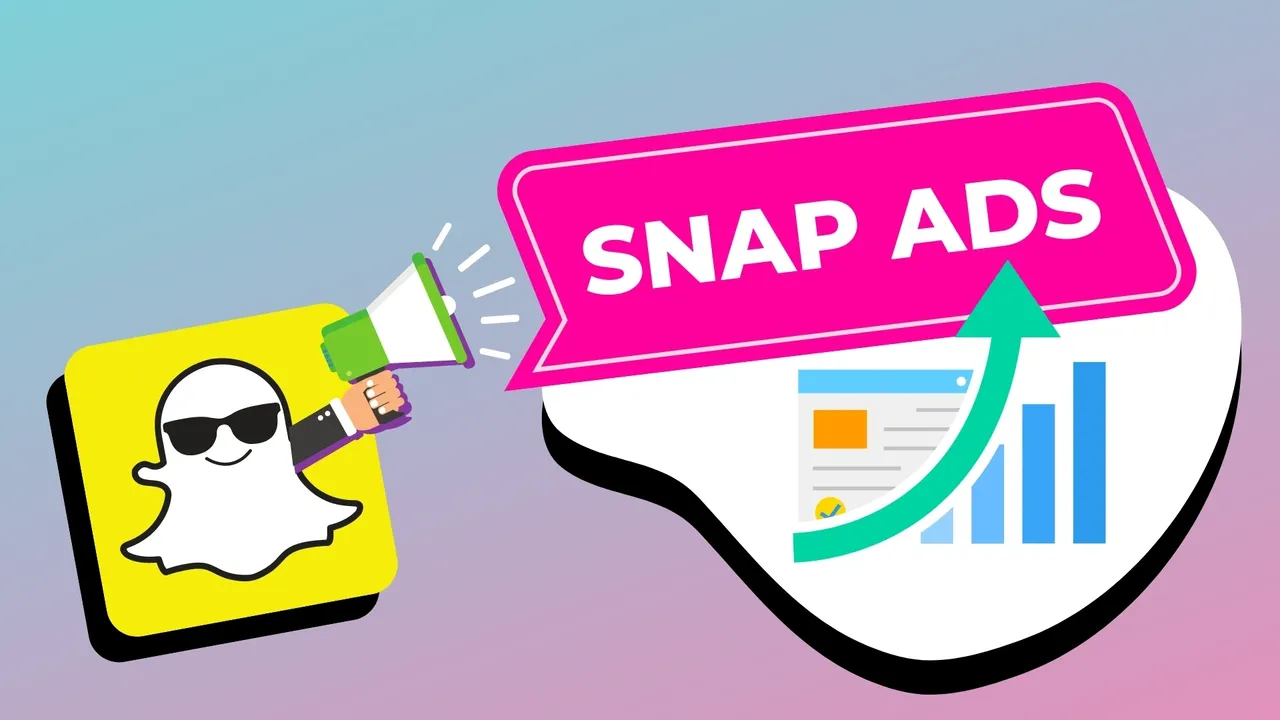Based on research, Snapchat users are happier while using the app, as compared to other social platforms. There are various reasons for this, but Snap says that this is due to its users feeling freer to ‘express their authentic selves’ because they’re generally communicating with their closest connections in the app. But what does this mean for brands? Are marketing approaches seen as more interruptive in this experience?
Absolutely Mental
To answer these questions, Snapchat recently partnered with Neuro-insight to conduct a study of 126 people, aged 16 to 39, to see how they respond to ads on Snapchat versus three other major platforms. The users wore electrode-embedded headsets, which enabled Neuro-insight to measure brain activity, getting a true representation of how people mentally respond to different elements.
Among their findings are:
- Neurological engagement levels remained comparatively high when using Snap, regardless of what they were doing.
- In showing participants the same ads across each platform, when users saw them on Snapchat, engagement scores that were 1.6x greater than on the other apps.
- Snap ads also saw greater brand outcomes, with an increased likelihood that Snapchatters would both purchase the product themselves and recommend the brand to friends.
Want more interesting info? Read Snap’s full neurological research report here. Among its other key findings are:
- Engagement elicits the highest brain activity in the frontal lobe, while emotional intensity (connect) may have the lowest activity, but dominates the majority of the occipital lobe.
- Detail appeals to long-term memory, with the report stating that there’s at least an 86% correlation with in-market behavior.
- After watching ads on Snapchat, Snapchatters are 45% more likely to recommend the advertised brands to friends, while also being 34% more likely to purchase the products advertised.
The Wrap
The report can elaborate on these details better than a simple article, so we highly recommend checking it out and grabbing yourself a copy as a reference. Either way, these findings are both insightful and highly unique, not relying on just numbers and graphs, but also on diagrams, associative visual maps, and more. The best thing about it is it’s not very technical and appears to have been optimized for casual readers to better digest.
Subscribe to our ‘Bottoms Up!’ Newsletter. Get the latest social media blogs about news, updates, trends, and effective social media strategies to take your business to the highest level from Tristan Ahumada and Jeff Pfitzer.
Sources

